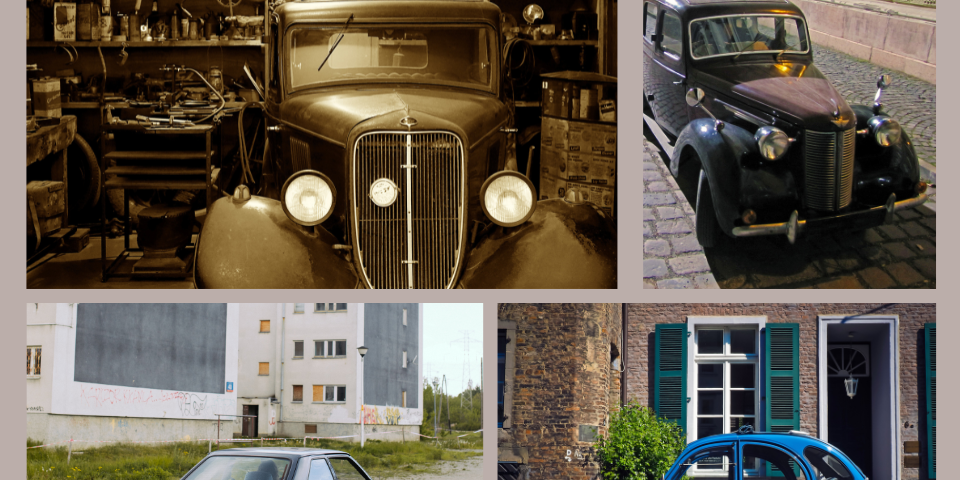best insurance for old cars

Is Lemonade a legitimate company?
January 27, 2024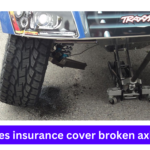
Does insurance cover broken axles
February 2, 2024Table of Contents
ToggleHow to get the Best insurance for old cars.
Discover the best insurance for old cars with our easy-to-follow guide. Learn about the unique insurance needs of older cars, the types of coverage available, and factors to consider when choosing insurance. Our guide covers the special risks, the best companies, and tips to save money on insurance. Make sure your classic car stays protected for a long time and gives you peace of mind. Get the facts and make informed decisions for your classic car.
1. Introduction
If you own an old car, it’s important to have the right insurance coverage to protect your investment. In this blog post, we’ll guide you through the process of finding the best insurance options for your vintage automobile.
2. Why is it important to have insurance for old cars?
Older cars require special attention when it comes to insurance coverage. They are more susceptible to damage and theft, Old cars often face higher maintenance costs, and sourcing replacement parts can be a daunting task. Having the right insurance coverage can help protect your investment and give you peace of mind.
3. Understanding the insurance needs for old cars
Older cars have unique insurance needs that require special attention. These include depreciation and valuation issues, availability of replacement parts, and limited coverage for classic and vintage cars.
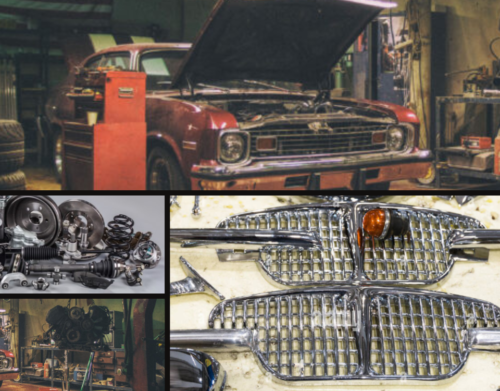
4. Types of insurance coverage for old cars
There are several types of insurance coverage available for old cars, including liability coverage, collision coverage, comprehensive coverage, and specialized coverage for classic and antique cars.
5. Factors to consider when choosing insurance for old cars
The “best” insurance for an old car depends on several factors, including:
Car’s value and usage:
- Classic car: If your car is considered a classic (usually 20+ years old and collectible), specialized classic car insurance is often cheaper than traditional policies. Companies like American Collectors, American Modern, and Leland-West are popular choices.
- Regular car: For older everyday cars, consider adjusting coverage based on value. Dropping collision/comprehensive if repairs wouldn’t be financially devastating can save money.
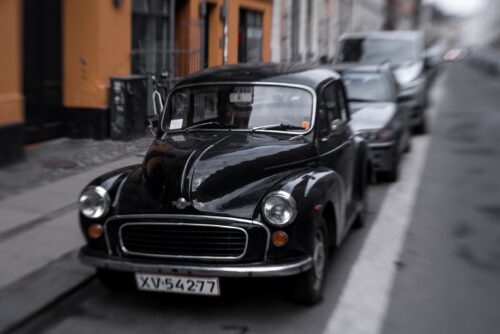
Your driving habits:
- Low mileage: If you drive infrequently, usage-based insurance or low-mileage discounts can help.
- Safe driving record: Maintaining a clean record can significantly reduce premiums.
Other factors:
- Location: Insurance rates vary by state.
- Personal preferences: Compare quotes from multiple companies to find the best coverage and price balance.
6. Top insurance companies for old cars
To help you find the best insurance for your old car, we’ve compiled a list of top insurance companies that offer coverage for older vehicles.
- American Collectors: Provides flexibility with various annual mileage limit options, catering to diverse driving needs.
- American Modern: Accommodates occasional commuting needs with coverage up to 5,000 miles per year.
- Leland-West: Consistently recognized for its well-rounded combination of comprehensive insurance coverage, competitive premium rates, and exceptional customer service.
- Chubb: Prioritizes preserving your classic car’s value by offering guaranteed repairs with original equipment manufacturer (OEM) parts.
- Hagerty: Stands out for its agreed-value coverage, ensuring you receive the predetermined value of your car even if its market value fluctuates. They also specialize in coverage for cars undergoing restoration.
- Grundy: Entices car enthusiasts with discounts for club memberships and event participation.
- Safeco: Uniquely caters to daily drivers by offering unrestricted mileage classic car insurance.
7. Tips for saving on insurance premiums for old cars
Insurance premiums for old cars can be expensive, but there are several ways to save money.
- Reduce coverage for older cars: Consider dropping collision and comprehensive coverage if the cost of repairs wouldn’t be financially overwhelming. Keep in mind that the value of older cars tends to depreciate significantly over time.
- Adjust mileage limits: If you don’t drive your classic car often, choose insurance policies with lower annual mileage limits. Many insurers offer substantial discounts for cars with low-mileage usage.
- Remove unnecessary add-ons: Review your policy to identify and eliminate add-ons that you may not need, such as rental car reimbursement or roadside assistance.
Safe Driving Habits:
- Maintain a clean driving record: Traffic violations and accidents can significantly increase insurance premiums. A clean driving record can lead to substantial savings on your insurance.
- Enroll in defensive driving courses: Some insurers provide discounts for completing defensive driving courses. This not only enhances your driving skills but also demonstrates your commitment to safe driving.
Shop Around and Compare:
- Don’t settle for the first quote: Obtain quotes from multiple classic car insurance providers. Rates can vary considerably depending on the company, your car, and your driving history.
- Consider specialized classic car insurers: These companies understand the unique needs of classic car owners and often offer tailored coverage with competitive rates.
- Bundle your insurance: If you have other insurance policies like homeowner’s insurance, bundling them with your classic car insurance can lead to additional discounts.
Additional Strategies:
- Ask about discounts: Inquire about discounts available for car club members, participation in car shows or events, and the installation of anti-theft devices.
- Pay upfront (if financially feasible): If possible, pay your entire premium annually instead of in monthly installments. Some insurers offer discounts for upfront payments.
- Increase your deductible: Lower your premium by choosing a higher deductible. However, be prepared to pay more out-of-pocket before insurance coverage kicks in. Select a deductible amount that aligns with your comfort level.
Conclusion
In conclusion, finding the best insurance for your old car requires careful consideration of several factors. By following the tips and guidelines outlined in this blog post, you can ensure that your vintage automobile is protected with the right insurance coverage.
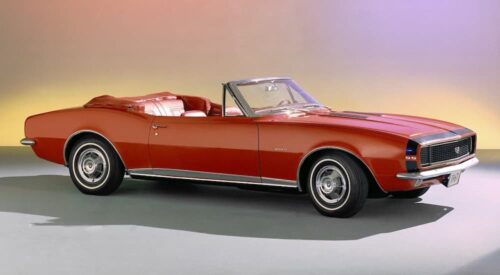
Frequently asked questions (FAQs)
Are old cars cheaper to insure?
Not always! While older cars often have lower value, factors like safety features and repair costs can affect insurance rates. Usually, getting insurance for older cars can cost less than insuring newer ones, especially if the older car is less expensive to fix or replace. As a car gets older, its value goes down, and that means the money an insurance company might need to pay after an accident also decreases.
Is it worth getting full coverage on an old car?
For cars that are over 10 years old, having full coverage insurance might not be a good idea. This is because, after this time, the yearly cost of insurance is about 46% of the value of these older cars. If there’s an accident where you’re at fault, the insurance rates could likely be more than the value of cars that are 15 years or older. So, generally, it’s not a great idea to spend money on full coverage for an old car. However, it’s important to think about how old your car is, how much it’s worth, and your situation when deciding what insurance is right for your vehicle.
At what value should you drop collision coverage?
If the yearly cost of your collision insurance is more than 10% of what your car is worth, you might want to think about whether you should keep that coverage. This is especially important for older cars where the money you’re spending on insurance may not match the actual protection you’re getting. However, when deciding on the right insurance for your car, it’s crucial to think about how old your car is, how much it’s worth, and your situation.
Is a 20 year old car too old?
Some people advise against buying a car that’s more than 20 years old because it might be harder to find parts for them if you need repairs later on. However, if the car is taken care of well, it’s safe to drive a 20-year-old car. When choosing the right insurance for your vehicle, it’s essential to think about how old your car is, how much it’s worth, and your personal situation.
best insurance company for older cars?
Choosing the right insurance for an older car depends on a few things like how old the car is, what kind of car it is, and its condition. Some good insurance companies for older cars are Nationwide, USAA, Travelers, Erie, Auto-Owners, Geico, and Progressive.
best insurance coverage for older car?
When you’re looking for insurance for an older car, you might think about liability coverage, collision coverage, and comprehensive coverage. Liability is required in many places, but collision and comprehensive are optional.
best insurance for 10 year-old car?
For a 10-year-old car, you can go for liability, collision, and comprehensive coverage. But the choice depends on your budget, the car’s value, and how you drive.
is it more expensive to insure an old car?
Insurance for an old car can be cheaper than for a new one, but the cost depends on things like the car’s age, type, and how you drive.

Should i have full coverage on a 15 year-old car?
Deciding on full coverage for a 15-year-old car depends on factors like the car’s value, your budget, and your driving habits. Full coverage includes liability, collision, and comprehensive coverage.
Can i get full coverage on an old car?
Getting full coverage for an old car is doable, but it might not be the most cost-effective. The price depends on the car’s age, type, and your driving history.
Insurance for cars older than 20 years?
Getting insurance for cars older than 20 years might be trickier, but some companies specialize in covering classic and antique cars.
Older car insurance trick?
There’s no magic trick for getting lower insurance rates for older cars, but you can think about raising your deductible, bundling your policies, and keeping a good driving record to lower costs.
How to insure a classic car as a daily driver?
Insuring a classic car for everyday use might need special coverage. You can think about getting agreed-value coverage, covering the car’s full value if it’s a total loss, or stated-value coverage, covering the car’s appraised value.
Can you drive an antique car every day?
Driving an antique car every day is possible, but it might need more care. You can think about getting special insurance coverage, keeping the car’s original parts, and storing it in a garage to protect it.

